No items in shopping pack.
July 1, 2022
5 North American Dream Hunts: Our Bucket List Hunting Trips
Share:
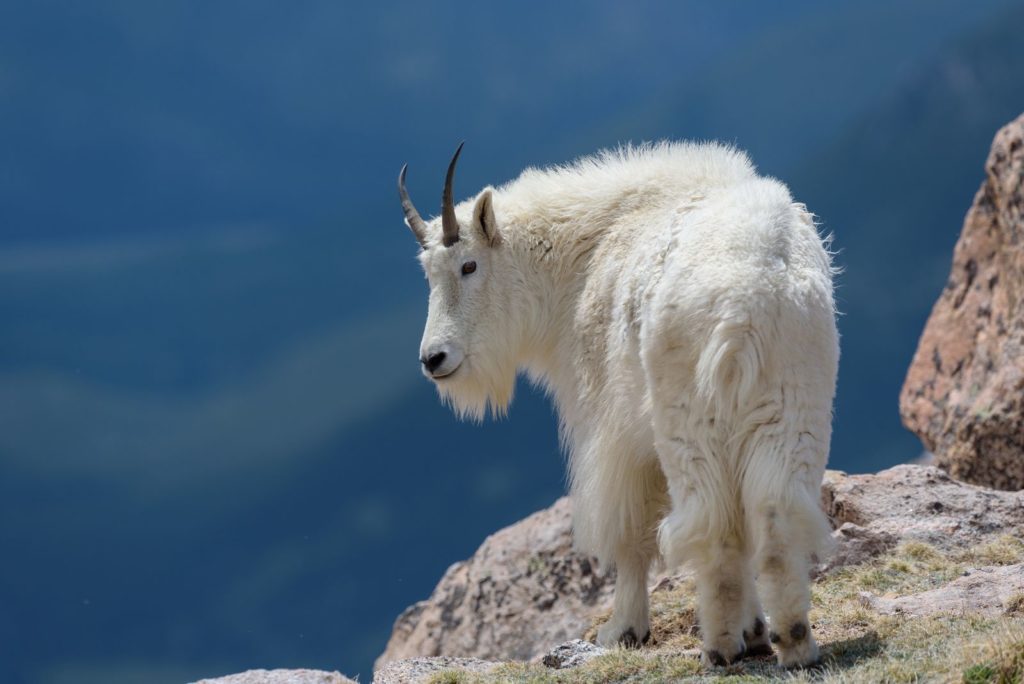
Every hunter has a wishlist of once-in-a-lifetime adventures.
Stalking moose in Alberta. Glassing elk in Colorado. Experiencing the rugged Alaskan wilderness. Many of these dream hunts are in North America.
From steep mountains to marshy bayous, North America has an array of natural landscapes that make for some of the best hunting trips around. Each region has unique terrain and conditions, exposing hunters to new challenges. You’ll find exciting hunting opportunities wherever you go—and hunters who are just as passionate as you!
Dedicated hunters spend decades saving preference points for the most sought-after draws. Whether you score a highly prized draw or use over-the-counter (OTC) tags, you’ll make fantastic memories on any of these hunting trips in North America.
Need help planning your hunting excursion? HUUNT helps you find self-led and guided hunting trips for your next big adventure.
Jump to:
- Any Alaskan Hunting Adventure
- Majestic Elk in Colorado, USA
- Ducks Along the Mississippi Flyway, USA
- Prized Mountain Goats in Utah, USA
- Large Moose in Alberta, Canada
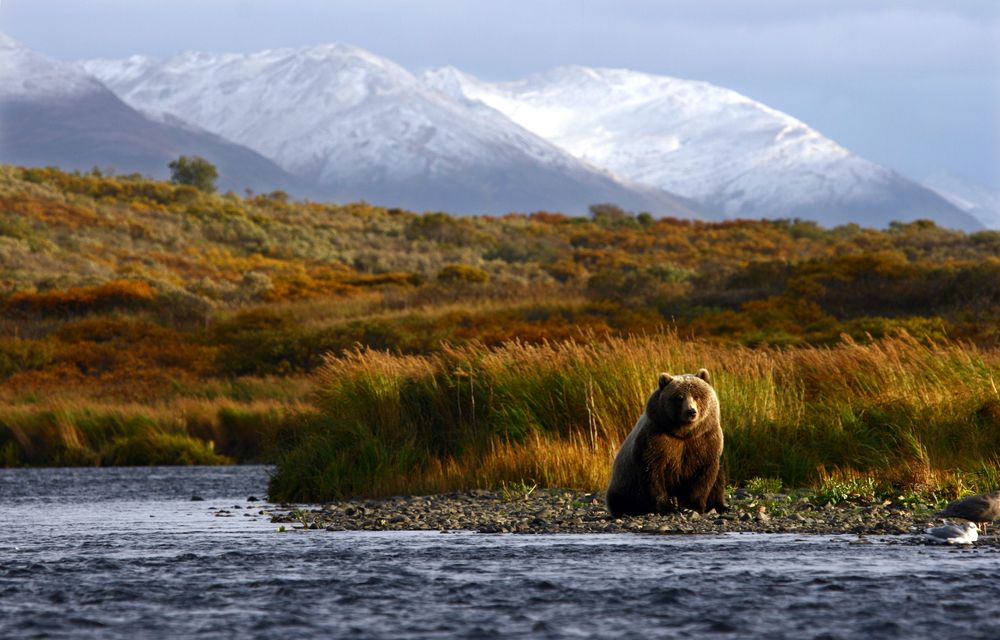
1. Any Alaskan Hunting Adventure
Open spaces. Rugged land. Untouched, wild beauty. Alaska sits at the top of our hunting trip bucket list. Untamed wilderness and difficult conditions make it a must-hunt state for those who seek the thrill of trekking across America’s Last Frontier.
Over a dozen big game species thrive here. Large creatures of legends roam Alaskan lands, from bison, musk oxen, caribou, Dall sheep, elk and record-holding moose to predators like grizzly bears and wolves. With so many big game animals, it’s hard to choose what our favorite Alaskan hunt would be.
Hunting Trip Details: Guides Are a Must
Hunting guides are legally required for certain Alaskan hunting trips—and recommended for all of them. You need an experienced guide to lead the way and arrange transportation by plane or boat to travel to the best areas. If you plan to hunt bears, Dall sheep or mountain goats, a licensed guide must accompany you.
Alaska boasts expanses of public lands larger than some countries in Europe. Hunting is allowed in all 16 national wildlife refuges, nearly all national forests and almost all Bureau of Land Management lands. Alaska is both a beautiful and dangerous place. You need to be prepared for the rough terrain and extremely cold, wet climate.
Top Spot: Kodiak Island
Trek through coniferous rainforests. Then spend your downtime enjoying coastal views and mountainous horizons. At Kodiak Island, you can take in the unparalleled natural beauty while hunting Sitka black-tailed deer and bears.
Chasing After Sitka Deer
Sitka deer are smaller and more elusive than their white-tailed relatives. If you’ve ever hunted white-tailed deer, you may be used to seeing deer come through open fields or farmland. Kodiak Island is a heavily forested area filled with moss-covered Sitka Spruce and tall cedars. Black-tailed deer disappear into the thick rainforest in a second, earning them the nickname “Pacific Ghost.”
Spotting a ghost isn’t easy. The challenge is part of the fun. Hunters can spot and stalk Sitka deer during pre-rut (August), rut (mid-November) and post-rut (December). Still hunting works best for areas that are too thick with vegetation to see long distances.
A Chance for a Bear Hunt
Any sizable population of deer could be pursued by a bear. Though season dates vary by zone, the Alaskan black bear season extends throughout the year. Brown or grizzly bear season is shorter, generally from September to December.
If you arrive in the fall, black-tailed deer and bear seasons align. Depending on the extent of your stay and your goals, you could harvest a deer and a bear on your trip.
Updated Alaska hunting regulations are available every July. You can apply for next year’s big game draw in November or plan to purchase a general season hunting license.
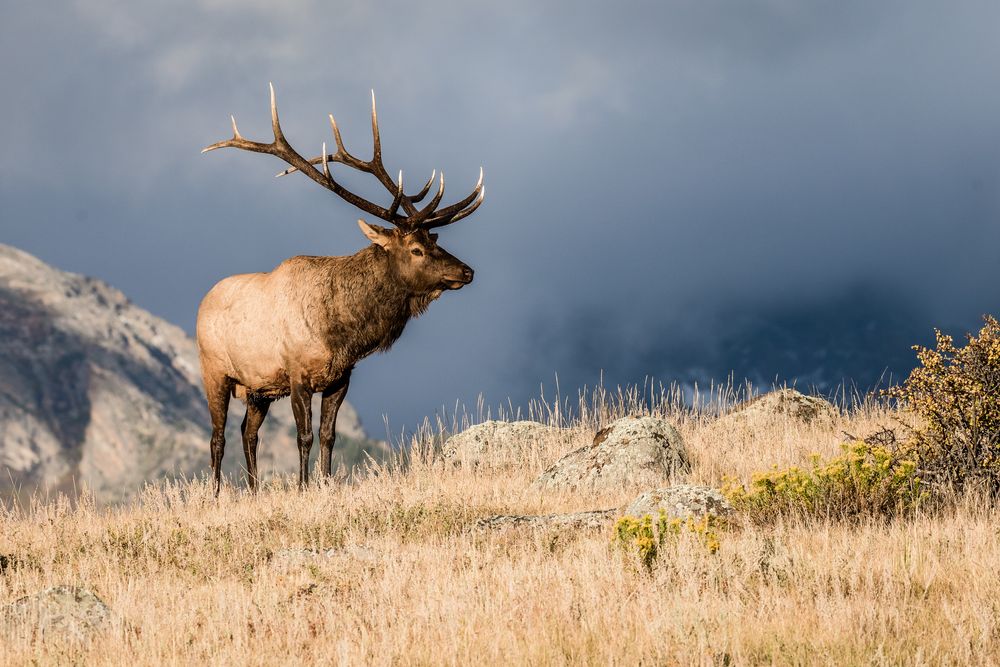
2. Majestic Elk in Colorado, USA
What’s one of the best hunting trips out West? We’d have to say elk hunting in Colorado.
“Big bull down!” are some of the greatest words you’ll ever hear. Colorado is home to the world’s largest elk population. Over 280,000 elk roam across the state’s mountains, plains and mesas. Hunters who hike through Colorado wilderness in the fall will hear their high-pitched bugling ringing from the hills.
Colorado elk hunting seasons begin in September and run through November. Rut starts in the middle of September, as elk gather in harems. You’ll want to go with an experienced hunting guide or spend time researching the area you’ll be in.
Don’t Wait for the Draw: OTC Elk Hunting Licenses
While Colorado maintains a big game draw, you don’t have to wait to elk hunt out West. Colorado is one of the few places in the United States that offers OTC elk hunting licenses.
Hunters can purchase permits for archery and rifle seasons. Before you buy your OTC tags, check the details of the tag and whether it’s for public or private land.
Top Spot: Moffat County
Northwest Colorado is known for its massive bulls. Two of the largest migratory elk herds reside in Moffat County, along with mule deer, pronghorn and various small game animals. The city of Craig in Moffat County is known as the “Elk Hunting Capital of the World.” Both resident elk and migratory elk can be found in the area.
There are nearly two million acres of public land in Northwest Colorado. Large bulls combined with easy access to public lands make for an unforgettable hunting experience.
Moffat County includes:
- Game Unit 1
- Game Unit 2
- Game Unit 201
- Game Unit 211
- Game Unit 3
- Game Unit 301
- Game Unit 4
- Game Unit 5
- Game Unit 10,
- Game Unit 11
- Game Unit 12
- Game Unit 13
Find the latest big game brochures at Colorado Parks & Wildlife.
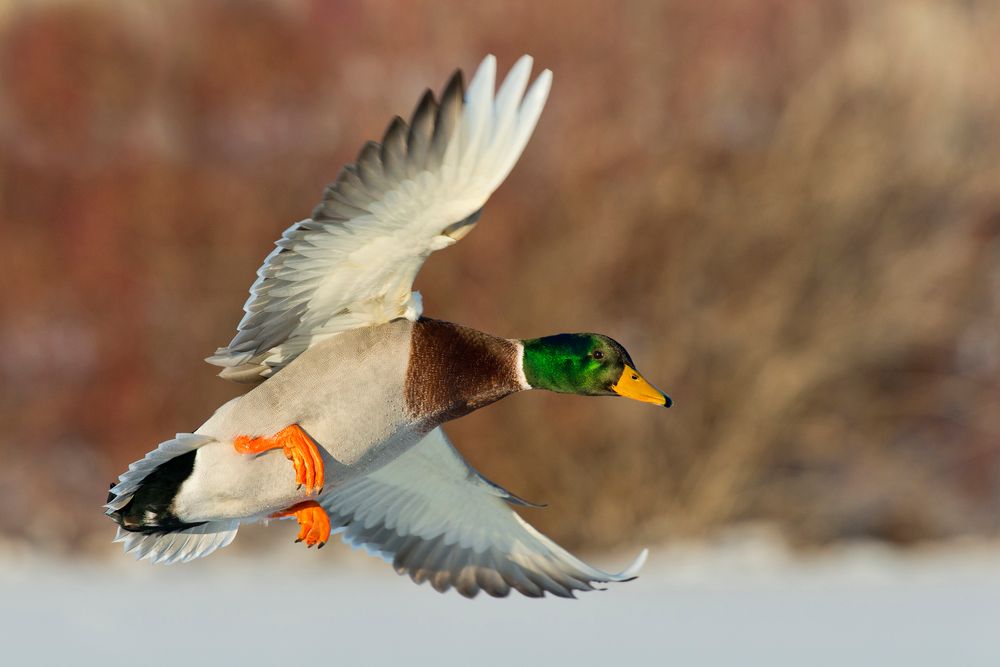
3. Ducks Along the Mississippi Flyway, USA
Imagine a great flutter of wings as you flush out a team of ducks. Hunters have a great chance of seeing a variety of ducks along the Mississippi Flyway.
The Mississippi River runs 2,350 miles through the midwestern and southern portions of the United States. Running from Lake Itasca in Minnesota to the Gulf of Mexico, the Mississippi River creates one of the largest migratory bird routes.
A Popular Migration Area
Cold weather in the North sends birds South, and hot weather from the South sends birds North. According to the National Park Service, 60% of all North American birds use the Mississippi River Basin as a migratory flyway. Out of all North American birds, 40% of migratory waterfowl use the river during their annual migrations.
The U.S. Fish and Wildlife Service reports that hunters bagged over 10 million ducks in 2020. Popular areas to hunt along the flyway include Lake Erie, Lake St. Clair, the Upper Mississippi Alluvial Valley, the Arkansas Grand Prairie and the Louisiana Gulf Coast.
Top Spot: Arkansas Grand Prairie
The legends are true. Arkansas is “The Duck Hunting Capital of the World.” It’s a fantastic place to bag puddle ducks and dabbling ducks.
Mallards flock to the famed floodable green timber every year, giving hunters the chance to shoot ducks in the trees. Hunters wade through water reservoirs and wait by tall oak trees for the right opportunity.
Arkansas duck hunting seasons run from late November to late January. Hunters have a bag limit of six ducks a day. In your total, you can bag no more than four mallards, three wood ducks, two redheads, two canvasbacks and one pintail.
Get the latest hunting regulations from the Arkansas Game & Fish Commission.
Have Extra Time? Bonus Hunting Spot
Extend your hunting trip. Northeast of the Arkansas Grand Prairie is another great duck hunting spot. Reelfoot Lake in Tennessee sits across from the Mississippi River. The lake serves as a stopping point for many ducks. Typically, ducks visit Reelfoot Lake throughout the entirety of the season.
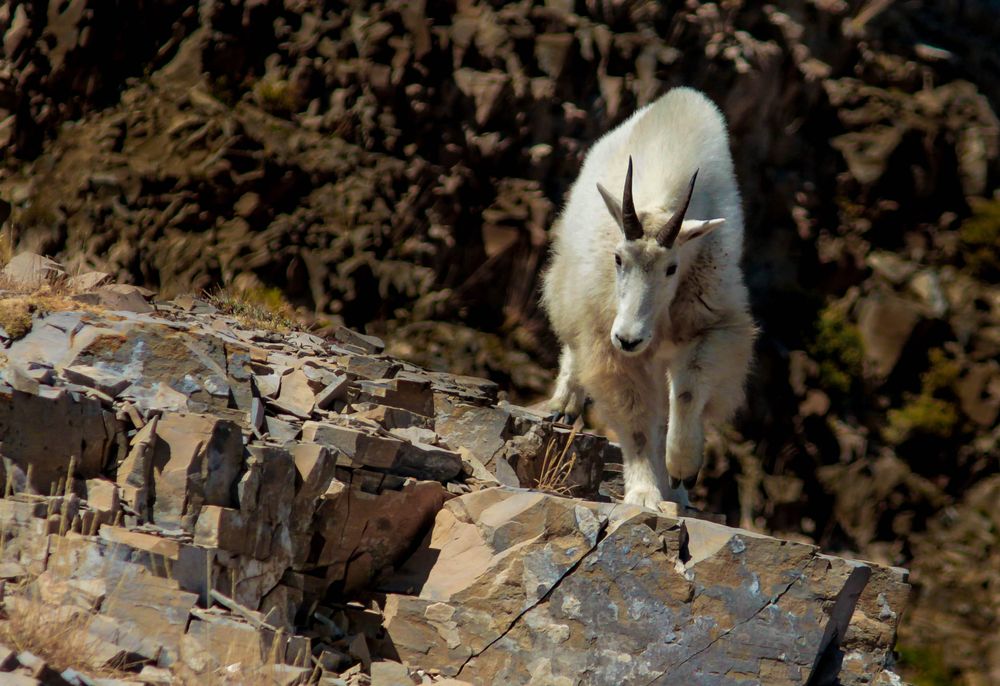
4. Prized Mountain Goats in Utah, USA
You climb up a rocky outcropping and finally set sights on several shaggy, white coats below you. You’ve spotted mountain goats at last. Mountain goat hunting isn’t for the faint of heart. The high, mountainous terrain is gnarly, but that’s what makes chasing mountain goats a thrilling hunting experience.
Mountain goats are agile. They live in some of the craggiest and steepest places. In Utah, the Wasatch and Uinta Mountains are beautiful but rugged homes to many mountain goats.
Utah’s mountain goat season starts in September and ends in December. Peak mating season is around mid-November.
Only a handful of individuals get the opportunity to hunt mountain goats each year. Across the state, hunters harvested 86 billy goats and 31 nanny goats in 2020. These license holders had a 92.1% success rate.
The Limits of the Big Game Draw
The limits of Utah’s draw are why this hunt makes it on our dream hunt list. It’s truly a once-in-a-lifetime hunting trip. Drawing for a mountain goat hunt takes years and many preference points. You have a better chance of drawing as a resident.
Only a few of Utah’s game management units offer non-resident mountain goat permits. Of those that do, the number of permits available is small. Some only offer one non-resident permit each year. The likelihood of drawing a mountain goat permit is slim. If you finally draw one, it’s well worth the patience and persistence.
Top Spot: La Sal Mountains
The La Sal Mountains are the second-highest mountain range in Utah, reaching nearly 13,000 feet. The mountain goats here were first hunted in 2018. Hunters will find mountain goats at elevations at and above 10,000 feet. At these heights, the weather can change quickly. Be prepared for all types of weather and storms.
Do your research before you head out. The La Sal area contains public, private and park service lands. You need to make sure you’re hunting on legal land. In 2020, hunters harvested six mountain goats from the unit for an 85.7% success rate.
Review the latest big game hunting regulations at the Utah Division of Wildlife.
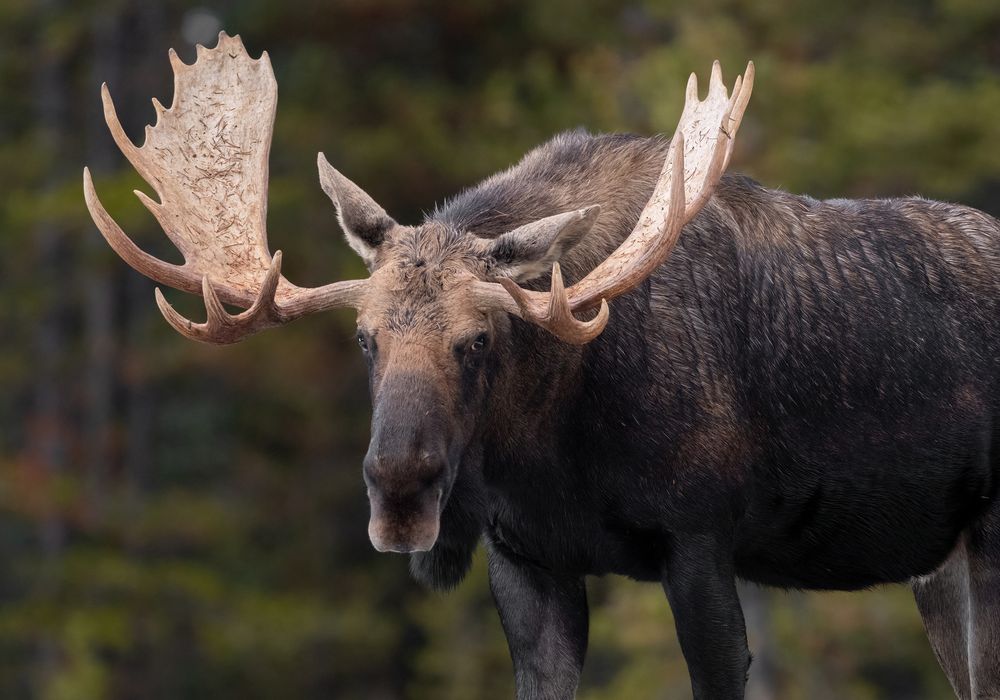
5. Large Moose in Alberta, Canada
Something bellows from deep in the thickly wooded forests of Alberta. A massive bull moose steps into view, searching for a cow. You lock eyes with a worked-up, huffing moose before pulling the trigger.
If moose hunting isn’t on your bucket list of hunting trips, you need to add it to your future trip list. What better place to moose hunt than Canada? Alberta, Canada, is home to many large moose. They thrive in all regions of the province.
Moose, like others in the deer family, mate in the fall. Rut begins in September and runs through October. During rut, moose are incredibly vocal, which hunters can use to their advantage with calls.
Despite their size, moose can be hard to locate. They are pros at hiding in timber or vanishing behind brush. When you do get a moose, the animal’s large size can make it difficult to butcher and haul home. Hiring a hunting guide can help with the harvesting process.
Guided Hunting Trips Only
Unless you live in Alberta, you can’t go on a self-guided excursion. Non-residents are required to hire hunting guides for big game trips. This includes those who are Canadian but not residents of Albert and those visiting from other countries. All non-residents and non-resident aliens must hunt with a licensed outfitter or an Alberta resident with a hunter host license.
Non-resident aliens must purchase antlered moose licenses from private issuers. You need a WIN card and passport to do so.
Hunting guides often help you access remote areas. Outfitters will arrange travel by float planes or boats if necessary.
You can access up-to-date hunting regulations from Alberta’s Government website.
Top Spot: The Foothills
Travel to the Foothills of the Rocky Mountains in Alberta, Canada, and you’ll find a considerable moose population among the rolling terrain. The Foothills separates the Rocky Mountains in western Alberta and the Boreal Forest, making up 10% of the province.
Moose hunting here requires a lot of hiking and patience. Moose are generally slow movers. When you call, some may come into view within hours, while others may investigate the area in a few days. The terrain in the Foothills can be rugged. If you’d rather not hike, horses may be available for travel.
What’s on Your Hunting Bucket List?
There are many amazing opportunities out there. Have a dream hunt that’s not on our list? Let us know! Contact us through our website, email us at [email protected], or message us on Facebook to share your top “bucket list” hunting trips.
Is it time to plan your next adventure? HUUNT connects landowners, guides and outfitters with hunters. Explore our listings today.
Start Your Adventure Today
We make it simple to list and lease land, book guided hunts and more. Find your next hunting spot or guided trip. Earn extra income by letting others enjoy your land. HUUNT helps you make the most of every opportunity. Become a member today!